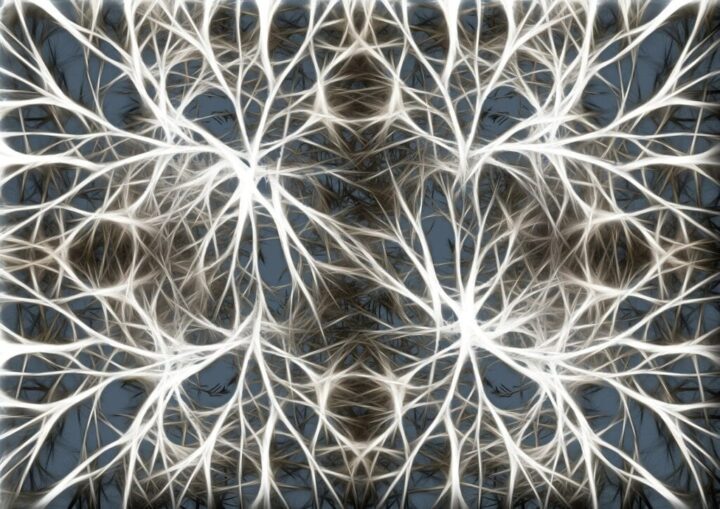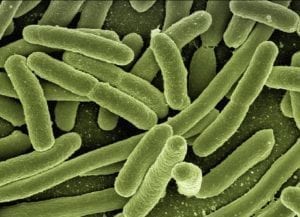According to Medical Xpress, a team of researchers from The Wenner-Gren Institute at Stockholm University and Karolinska Institutet, Karolinska University Hospital has conducted a study that investigates neuronal death in bacterial meningitis. They looked specifically at how bacteria kills neurons. The full study was published in PloS Pathogens.
About Bacterial Meningitis
A variety of bacteria can be responsible for this condition, which sees inflammation of the meninges. About three to seven days after exposure, symptoms will appear. They consist of headaches, nausea, headaches, stiff neck, photophobia, and altered mental status. Complications may arise from this condition, making treatment essential. Brain damage, hearing loss, learning disabilities, and death are possible complications. The bacteria that causes this condition can be spread in a variety of ways, whether it’s from mother to child, through saliva or mucus, or dirty food. Possible risk factors include being of a young age, living in a large group setting, traveling to certain parts of the world, and having certain conditions. In terms of treatment, rapid diagnosis and immediate therapy are necessary. Doctors will prescribe antibiotics to treat the illness, and vaccines exist to prevent it.
Neuronal Death in Bacterial Meningitis
This study has advanced the understanding of bacterial meningitis, which is important to diagnosing and treating the illness. Because it can cause life-changing complications and even death, this is essential. Its contribution to our understanding of bacterial infections and their neurological impacts are very important as well.
Researchers looked specifically at the molecular mechanisms behind neuronal death, as they did not fully understand the process. Using Streptococcus pneumoniae, the main bacteria that cause bacterial meningitis, they began their study back in 2019. They found that the bacteria’s pneumolysin and proteins RrgA to interact with the β-actin of the neuronal plasma membrane. Through these interactions, the bacteria push their way into the neuron and kill it. An in vitro model, along with a mouse in vivo model, confirmed these results.
Looking Forward
Most neurons are unable to regenerate after death, meaning that they must be protected from any harm, especially bacterial infections. Now that they are armed with the information on how neuronal cell death occurs, the researchers can devise a method to block these interactions and save neurons.







